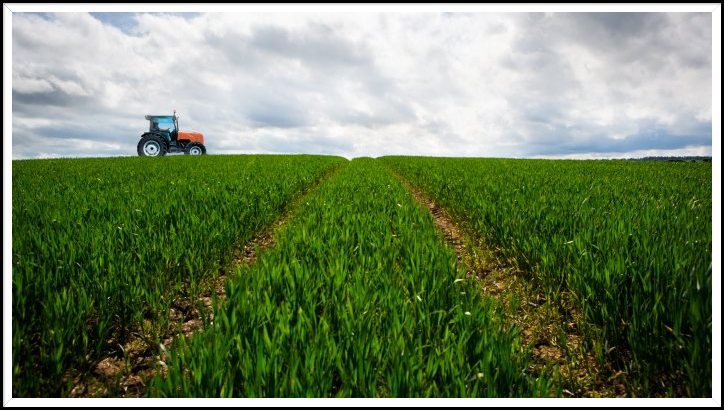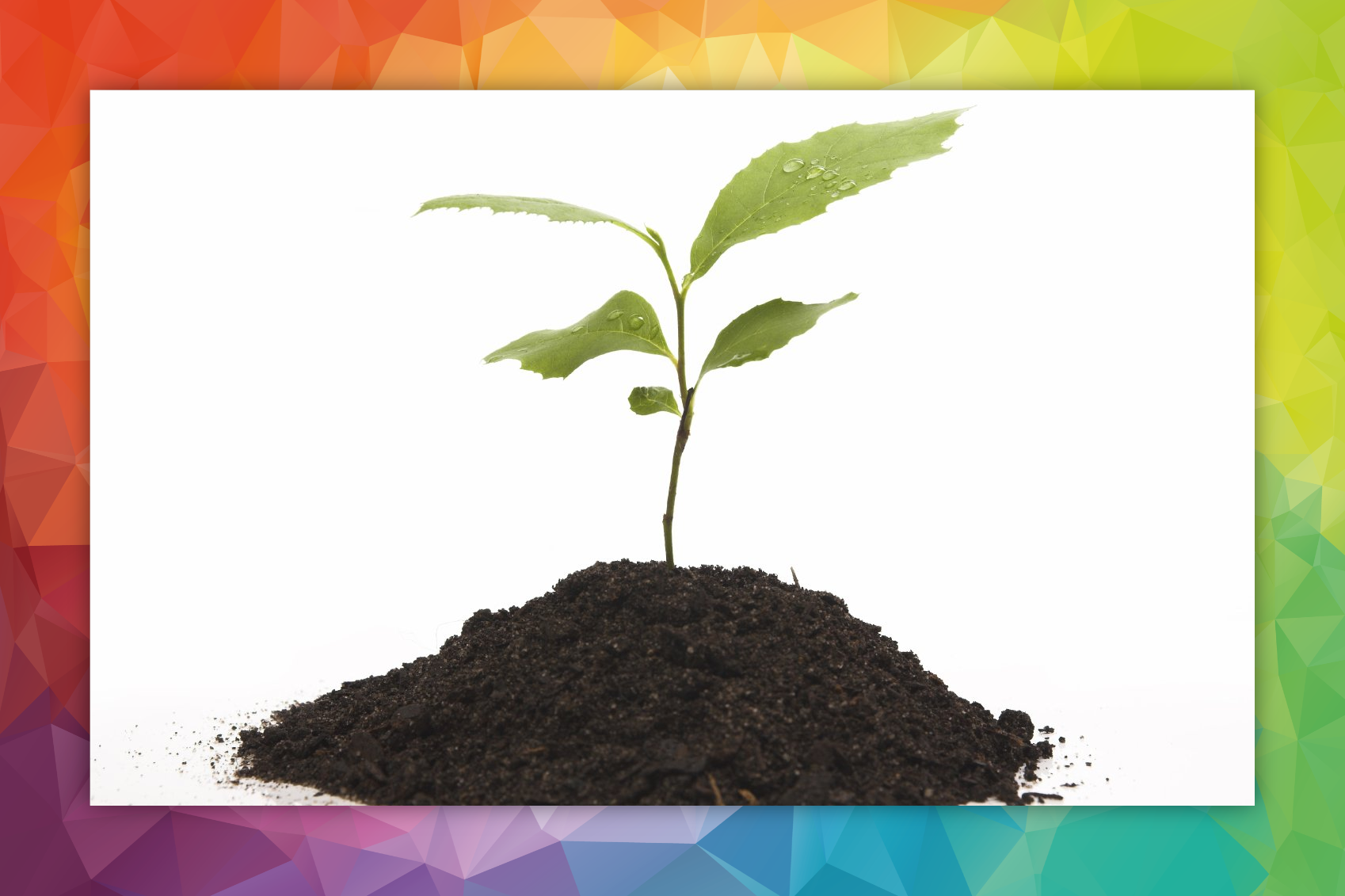
Cation Exchange Capacity (CEC)
Cation Exchange Capacity (CEC) is a measurement of the type of clay, amount of clay and the amount of organic matter in your soil. CEC is your soils holding capacity. Its ability to hold nutrients, water, chemicals (pesticides, herbicides), etc. Cations in soil have a positive charge. Anions in soil have a negative charge. Soil overall has a negative charge. Positively charged cation nutrients are going to bind with negatively charged soil particles. In general, if your CEC number is above 20, it's heavy soil. If the CEC number is below 10, it's light soil.
For instance, a CEC number below 5 would indicate a very light soil with low organic matter and lots of sand. From a nutrient stand point, if you have a low CEC light soil, your soil will not be able to hold a lot of nutrients at one time as compared to a heavy soil. Smaller amounts of nutrients will need to be applied more frequently. Keep in mind, the easily leachable nutrients such as nitrate, sulfate, boron & chloride (which you don't want to loose) as these nutrients move down thru soil easily.
An example of how important knowing CEC is, is as follows:
Multiply your CEC number by 10 and this will give you the approx. amount of nitrogen that can be applied to your soil at a time. Example: if your CEC is 7, 7 x 10 = 70 lbs of nitrogen. So look at your nitrogen level in your soil test first to see how much nitrogen is in your soil , than go from there.
Don't waste money on over application of certain nutrients by applying to much at one time. Also, don't risk over applying and risk increasing nitrate levels in ground water which is a pollution and health concern. Elevated nitrate levels in water is something that is monitored closely by the governing regulatory agencies.
Cation Exchange Capacity (CEC) is a measurement of the type of clay, amount of clay and the amount of organic matter in your soil. CEC is your soils holding capacity. Its ability to hold nutrients, water, chemicals (pesticides, herbicides), etc. Cations in soil have a positive charge. Anions in soil have a negative charge. Soil overall has a negative charge. Positively charged cation nutrients are going to bind with negatively charged soil particles. In general, if your CEC number is above 20, it's heavy soil. If the CEC number is below 10, it's light soil.
For instance, a CEC number below 5 would indicate a very light soil with low organic matter and lots of sand. From a nutrient stand point, if you have a low CEC light soil, your soil will not be able to hold a lot of nutrients at one time as compared to a heavy soil. Smaller amounts of nutrients will need to be applied more frequently. Keep in mind, the easily leachable nutrients such as nitrate, sulfate, boron & chloride (which you don't want to loose) as these nutrients move down thru soil easily.
An example of how important knowing CEC is, is as follows:
Multiply your CEC number by 10 and this will give you the approx. amount of nitrogen that can be applied to your soil at a time. Example: if your CEC is 7, 7 x 10 = 70 lbs of nitrogen. So look at your nitrogen level in your soil test first to see how much nitrogen is in your soil , than go from there.
Don't waste money on over application of certain nutrients by applying to much at one time. Also, don't risk over applying and risk increasing nitrate levels in ground water which is a pollution and health concern. Elevated nitrate levels in water is something that is monitored closely by the governing regulatory agencies.

Soil pH is the most important item to look at on your soil test report. Start with a review of your soil pH. If soil pH is off based off the type of crop you are growing, it should be a priority to correct or adjust as necessary to have it fall in the desired range. Once soil pH is adjusted to the proper range, many other items that may be off in your report will fall into range also. Consequently, correcting soil pH often corrects other soil deficiencies at the same time.
Soil pH of 7 is neutral. Below 7 is acid and above 7 is alkaline. Many crops like pH just slightly below neutral around 6.8. A good range for many crops will be in the 6.3 - 7.3 range. It is wise to find out what the desired pH range is of the crop or plants you are growing, that test your soil to see if it matches. If not take corrective action to adjust it.
Many nutrients in the soil will be tied-up and not available to plants if pH is off. Proper pH level is important for soil health. Microbes like bacteria and fungi will grow better which is good as they beneficially aid plant roots and help break down organic matter and chemicals. Applications of lime is often used to bring soil pH up. Improving drainage often helps lower soil pH. So by fixing soil pH, it's like magic, it fixes many other issues at the same time and improves yields.
So don't waste money by pouring large amounts of fertilizer into your soil until you have the pH in the proper range. Fixing soil pH will often give you the greatest return on your soil investment.
Soil pH of 7 is neutral. Below 7 is acid and above 7 is alkaline. Many crops like pH just slightly below neutral around 6.8. A good range for many crops will be in the 6.3 - 7.3 range. It is wise to find out what the desired pH range is of the crop or plants you are growing, that test your soil to see if it matches. If not take corrective action to adjust it.
Many nutrients in the soil will be tied-up and not available to plants if pH is off. Proper pH level is important for soil health. Microbes like bacteria and fungi will grow better which is good as they beneficially aid plant roots and help break down organic matter and chemicals. Applications of lime is often used to bring soil pH up. Improving drainage often helps lower soil pH. So by fixing soil pH, it's like magic, it fixes many other issues at the same time and improves yields.
So don't waste money by pouring large amounts of fertilizer into your soil until you have the pH in the proper range. Fixing soil pH will often give you the greatest return on your soil investment.

How much money to you spend on fertilizer or amending your soil? How do you know if you are spending your dollars appropriately. You don't unless you test your soil. Fertility soil testing is inexpensive and gives you a wealth of information on how to best determine your course of action in selecting what you need to do for your farm or garden.
For most back yard gardens one sample is often sufficient. For larger gardens or farms, several samples may be required in various areas to give you more accurate information. Grid sampling and zone sampling are often used in larger fields. In smaller areas, composite sampling can be done where you are taking approx. a dozen core samples in a random spread out pattern in the garden. These soil cores make up one sample.
Sampling depth for most row type crops is 6 inches. Deeper samples from 12 inches to 24 inches is suggested for orchards or trees.
A soil sampling probe tool is the easiest way to collect core samples. Samples can be put into a paper bag or freezer bag. 12 core samples will fill a freezer size bag approx. half way full.
Soil apps are available for larger more sophisticated jobs especially if grid sampling is being done. These apps allow you to GPS grid a field and use functions right on your phone or mobile device.
Consider soil testing annually for best management of your fields or garden.
In the next post we'll talk about what type of soil test to order and the benefits of having a complete soil test done.
For most back yard gardens one sample is often sufficient. For larger gardens or farms, several samples may be required in various areas to give you more accurate information. Grid sampling and zone sampling are often used in larger fields. In smaller areas, composite sampling can be done where you are taking approx. a dozen core samples in a random spread out pattern in the garden. These soil cores make up one sample.
Sampling depth for most row type crops is 6 inches. Deeper samples from 12 inches to 24 inches is suggested for orchards or trees.
A soil sampling probe tool is the easiest way to collect core samples. Samples can be put into a paper bag or freezer bag. 12 core samples will fill a freezer size bag approx. half way full.
Soil apps are available for larger more sophisticated jobs especially if grid sampling is being done. These apps allow you to GPS grid a field and use functions right on your phone or mobile device.
Consider soil testing annually for best management of your fields or garden.
In the next post we'll talk about what type of soil test to order and the benefits of having a complete soil test done.

